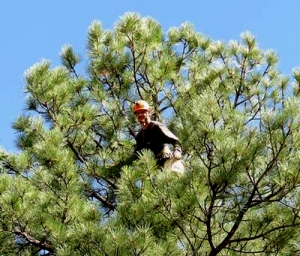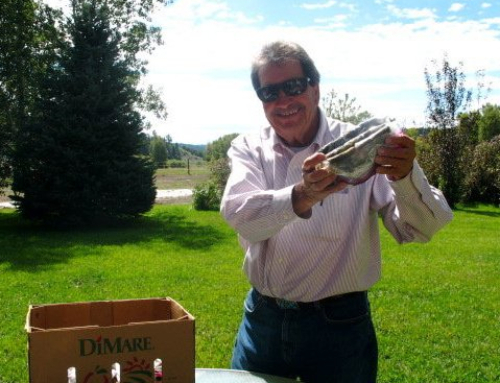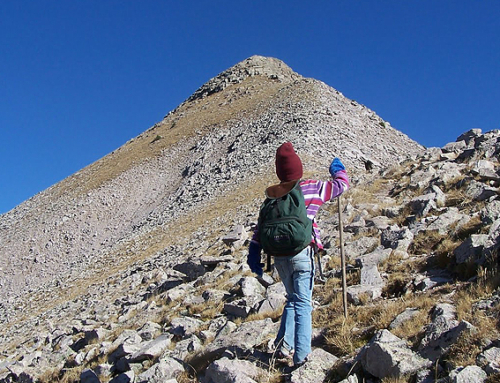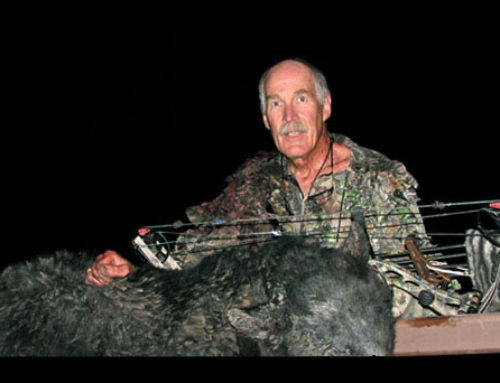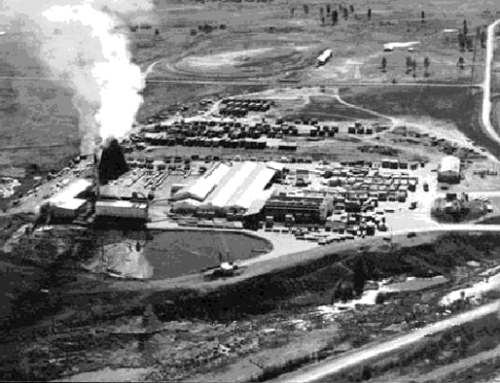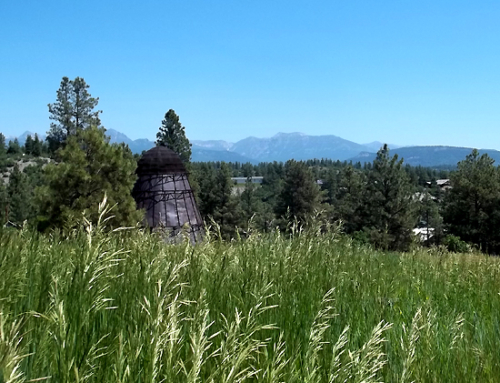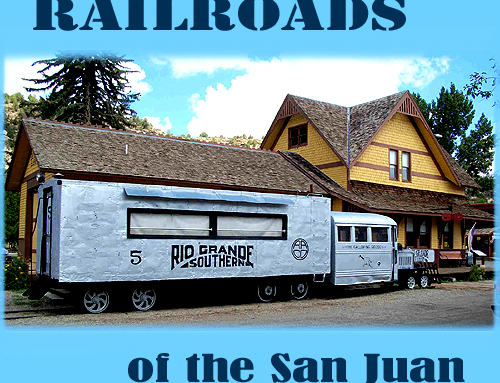From The San Juan Nat. Forest Newsletter
DURANGO – Forests burned by wildfires sometimes need help to recover and regenerate. Even when some trees survive amid blackened stands, they’re often not able to drop enough cones to reseed the next generation. Cones collected from healthy trees in nearby areas can help bridge the gap.
The San Juan NF contracted with certified climbers from Spokane, Washington this fall to pluck cones for shipment to the Charles E. Bessey Nursery in Nebraska, the oldest federal seedling nursery in the nation. After being stored in a cool dry place to open, seeds are separated from cones and cleaned. They are labeled and stored until the forest calls for them. “We only plant seedlings grown from cones native to the San Juan, because they are uniquely adapted to our climate and location,” says SJNF Forester Gretchen Fitzgerald. “Cones from other areas are genetically different, and their seed will not survive or thrive as well as our local varieties.” Some San Juan seeds will be stored in the regional seed bank; others will be planted in the nursery’s irrigated seedbeds or greenhouse. Those planted in January will be ready as seedlings the following spring or fall. This year’s cone collection concentrated north of Durango, near Vallecito and southeast of Pagosa Springs. Species were selected based on what is underrepresented in the seed bank compared to upcoming reforestation needs.
The San Juan is also prioritizing the collection of Engelmann spruce cones, because of the current spruce bark beetle infestation.
“We begin actively scouting each year for a cone crop in July,” says SJNF Forester Beth Vance. “There’s a very short window. We have to collect cones after the seeds are mature but before cone scales begin to flare and release the seed.
” The certified climbers are sent up healthy trees individually selected by foresters at certain elevations. Trees must be free of deformities, insects and disease for hardy genetics. Foresters also sample cones for seed viability. To determine ripeness and maturity, you cut open the cone and look at the seed,” Gretchen says. “The embryo should fill the casing by 90 percent, and the seed case should be slightly brown. The seed itself should be milkwhite and not too soft.”
This fall’s harvest included 22 bushels of Engelmann spruce, three bushels of Douglas fir, 18 bushels of limber pine and 51 bushels of ponderosa pine cones. Some will be stored for now; others will return soon as seedlings to help reforest areas burned by the Missionary Ridge, Vallecito, and Little Sand fires. – Ann Bond

